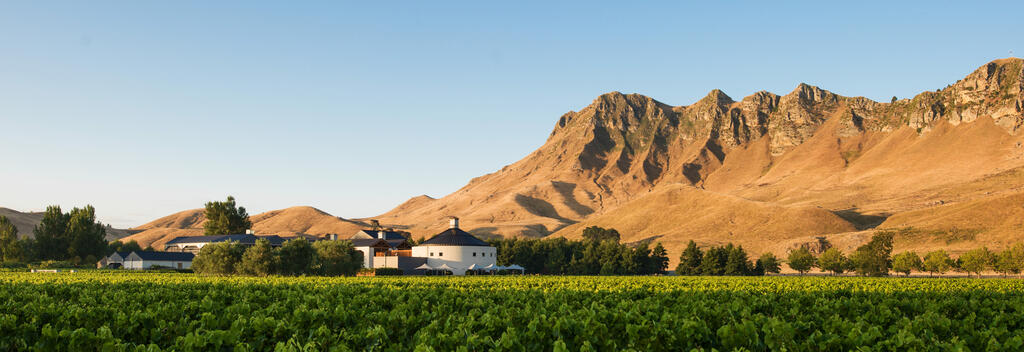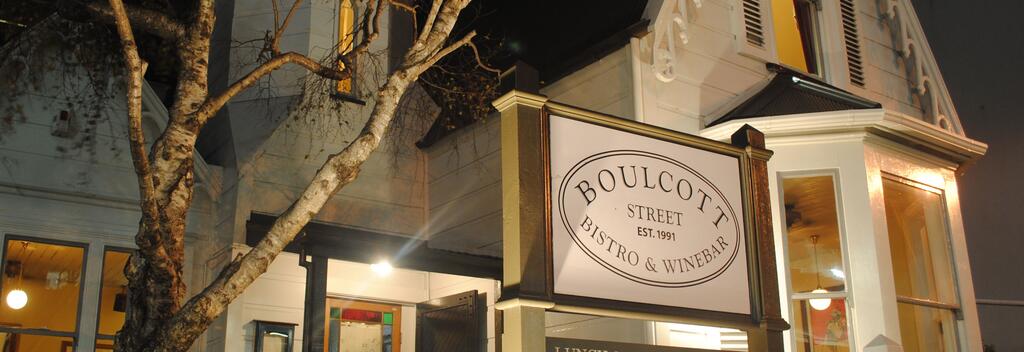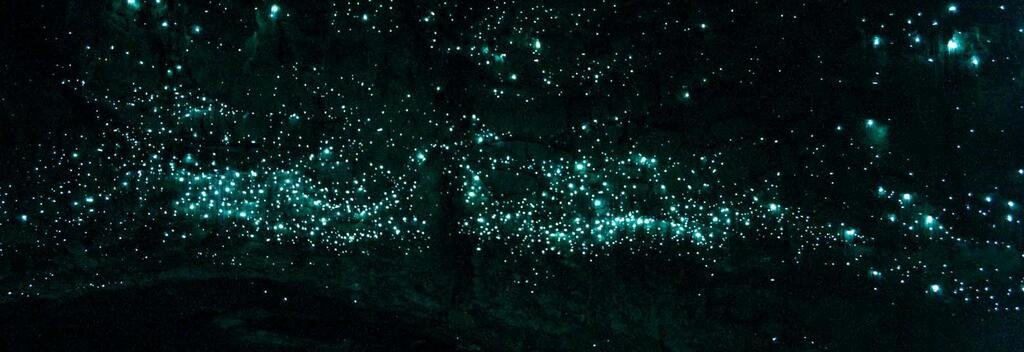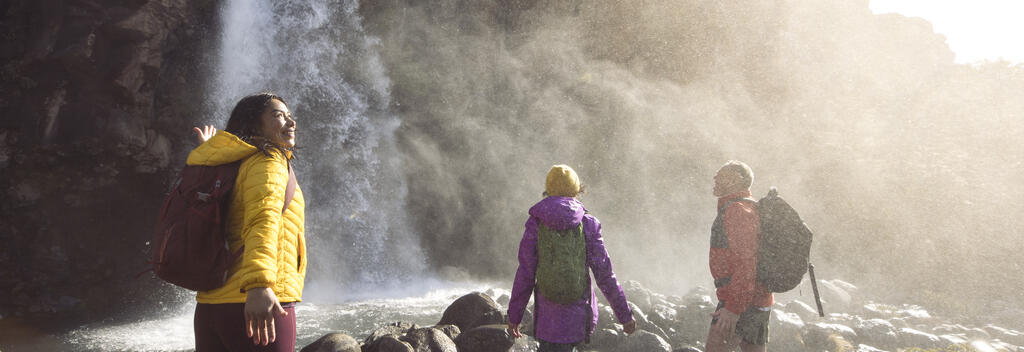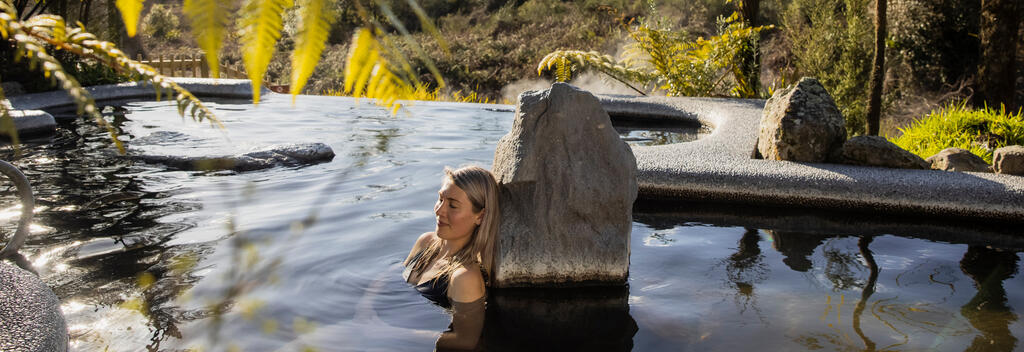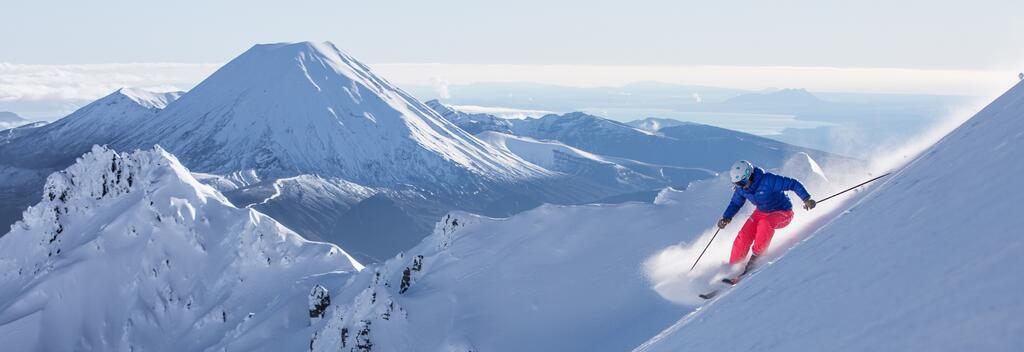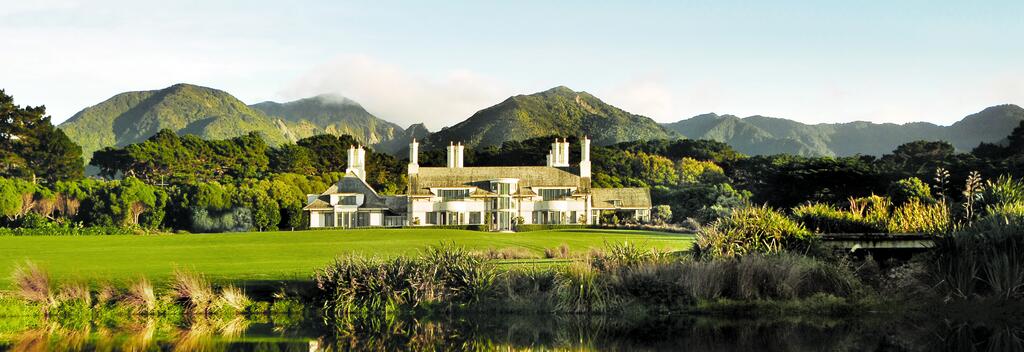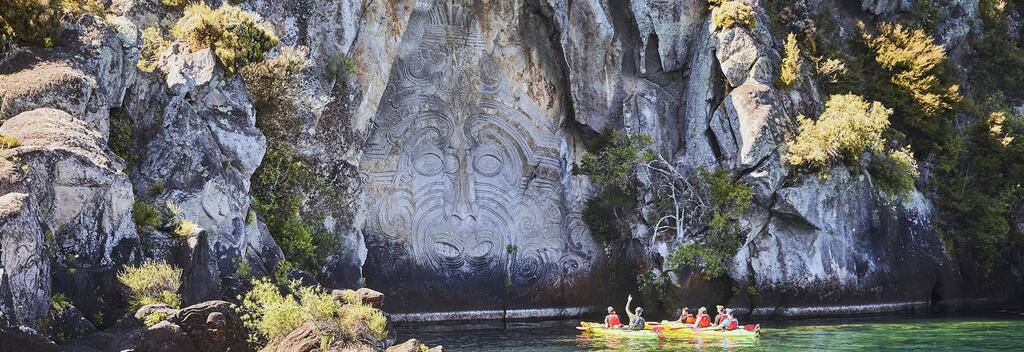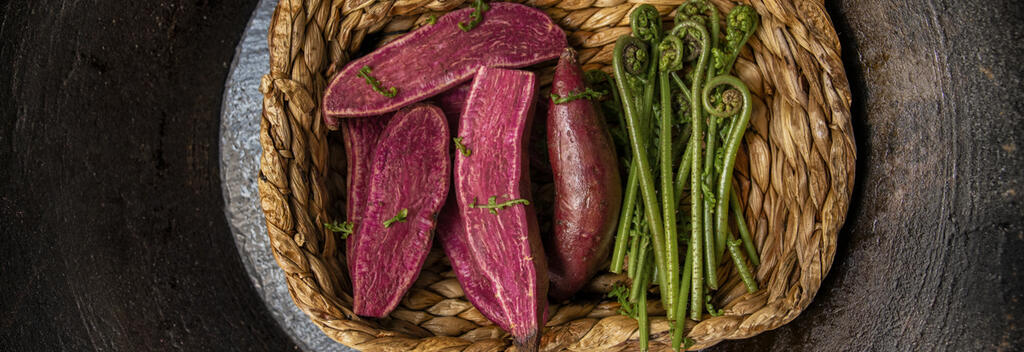-
Popular places to visit
Popular things to do
Helpful tips
Here's a few useful links to help with planning your trip to Aotearoa New Zealand.
-
Your ultimate winter playground awaits. Whether you seek adventure or relaxation – or both, New Zealand’s North Island has everything for the winter traveller.
